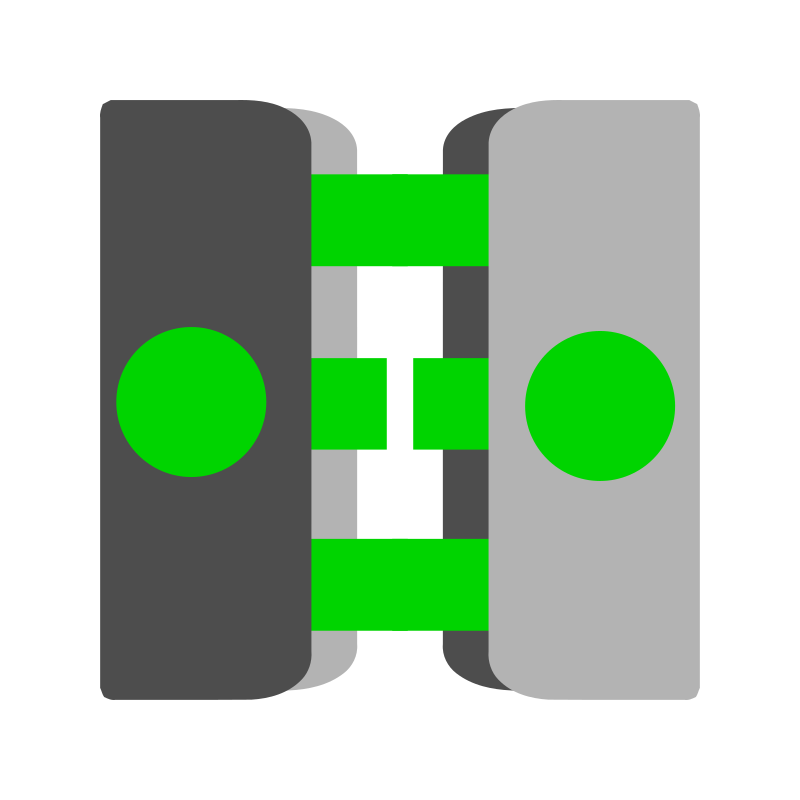Understanding Lines in Geometry
Lines are fundamental building blocks in geometry, representing one-dimensional paths that extend infinitely in two directions. They are essential for defining shapes, understanding spatial relationships, and are a core concept in various branches of mathematics.
In geometry, a line is a straight one-dimensional figure that has no thickness and extends endlessly in both directions.
It's typically defined by two distinct points, and the shortest distance between these two points is always along the line.
A line is distinct from a line segment (which has two endpoints) and a ray (which has one endpoint and extends infinitely in one direction).
Lines can be represented in various ways:
- Geometric Representation: Drawn as a straight mark with arrows at both ends to indicate infinite extension.
- Algebraic Equations:
- Slope-Intercept Form: \(y = mx + b\), where \(m\) is the slope and \(b\) is the y-intercept.
- Point-Slope Form: \(y - y_1 = m(x - x_1)\), where \((x_1, y_1)\) is a point on the line.
- Standard Form: \(Ax + By = C\).
- Parametric Form: For a 2D line, \(x = x_0 + at\), \(y = y_0 + bt\). For a 3D line, \(x = x_0 + at\), \(y = y_0 + bt\), \(z = z_0 + ct\), where \((x_0, y_0, z_0)\) is a point on the line and \(\langle a, b, c \rangle\) is the direction vector.
Lines can have different relationships to each other:
- Parallel Lines: Two lines in a plane that never intersect. They have the same slope.
- Perpendicular Lines: Two lines that intersect at a right (90-degree) angle. The product of their slopes is -1 (for non-vertical lines).
- Intersecting Lines: Lines that cross at a single point.
- Coincident Lines: Two lines that lie exactly on top of each other, sharing all points.
- Skew Lines: (In 3D space) Two lines that are not parallel and do not intersect.
- Slope: A measure of the steepness and direction of a line (\(m = \frac{\Delta y}{\Delta x}\)).
- Intercepts: Points where a line crosses the x-axis (x-intercept) or y-axis (y-intercept).
- Distance between two points: For \((x_1, y_1)\) and \((x_2, y_2)\), the distance is \(\sqrt{(x_2-x_1)^2 + (y_2-y_1)^2}\).
- Midpoint: The point exactly halfway between two points.
- Collinear Points: Three or more points that lie on the same straight line.
Lines are fundamental in:
- Graphing: Representing linear relationships in data.
- Physics: Describing motion, forces, and trajectories.
- Engineering: Design of structures, roads, and systems.
- Computer Graphics: Drawing objects and creating wireframes.
- Real-world navigation: Mapping routes and directions.
